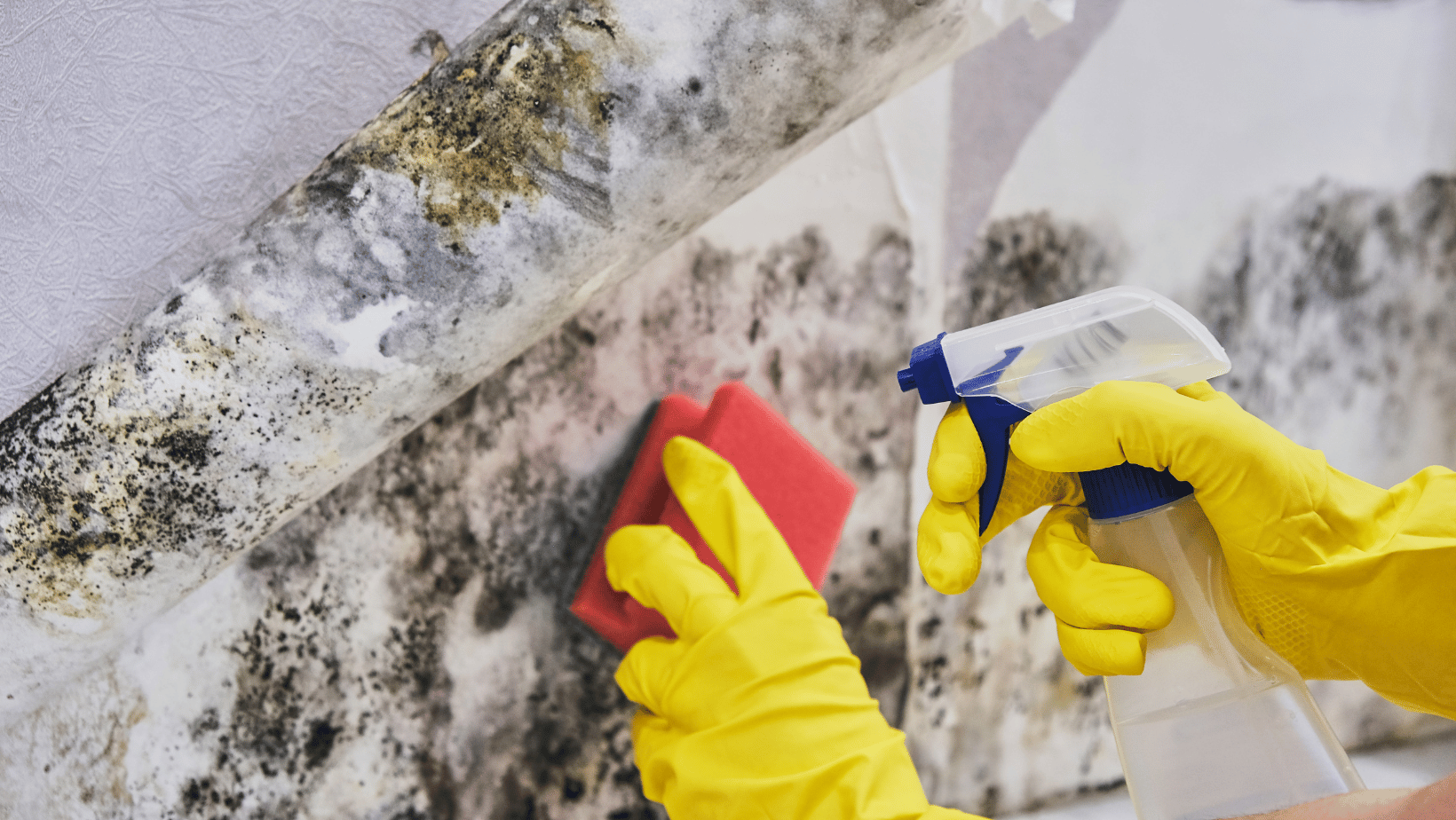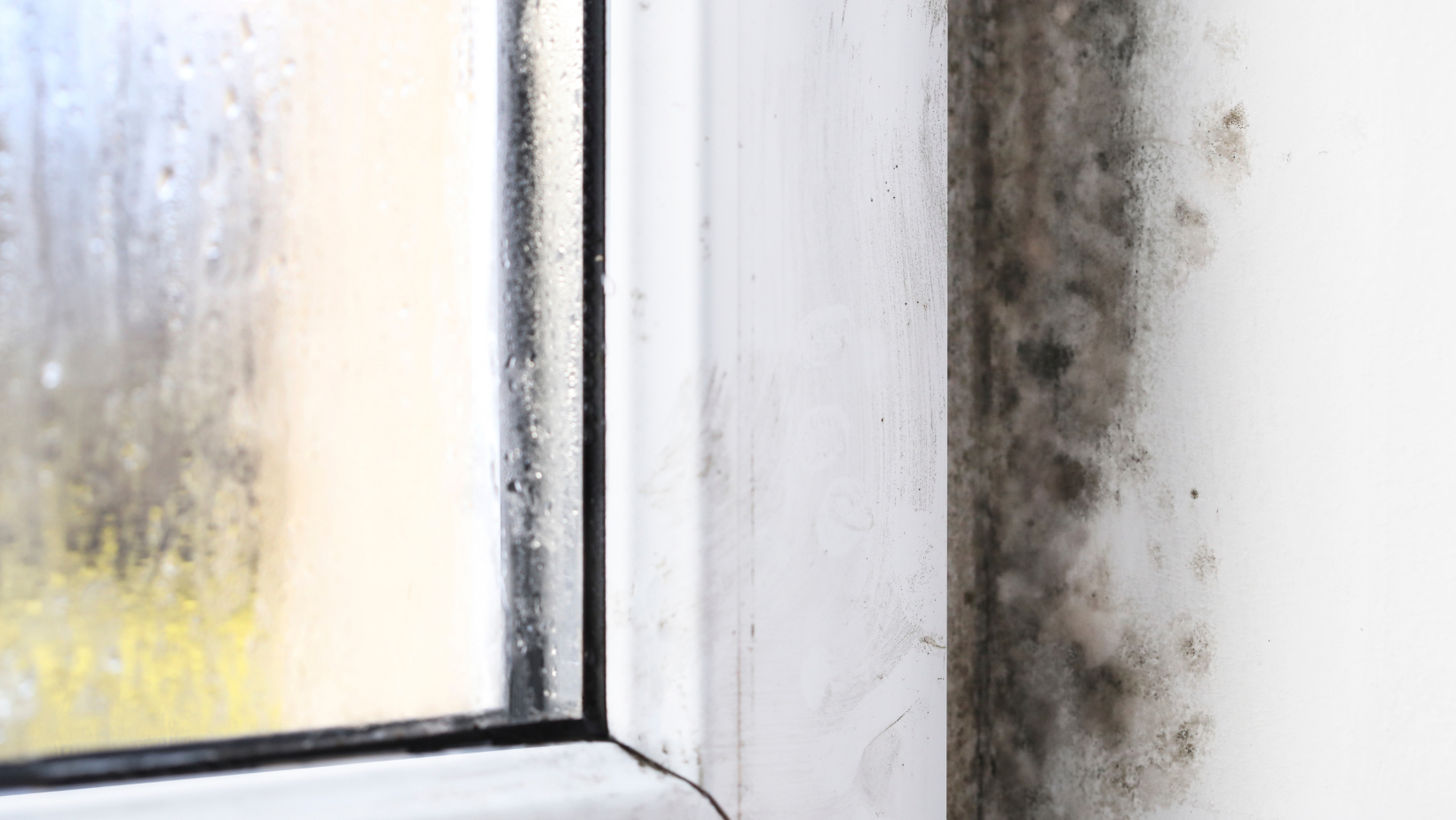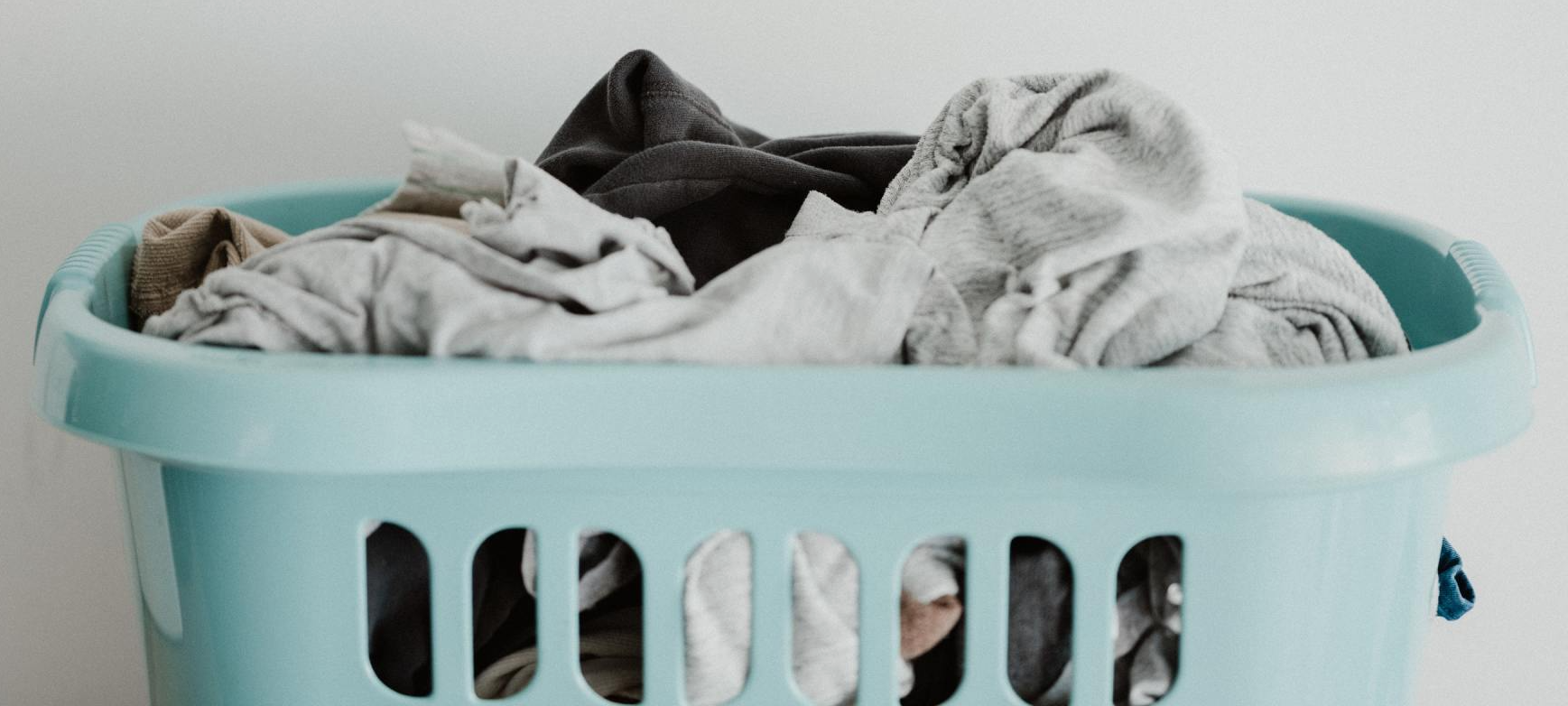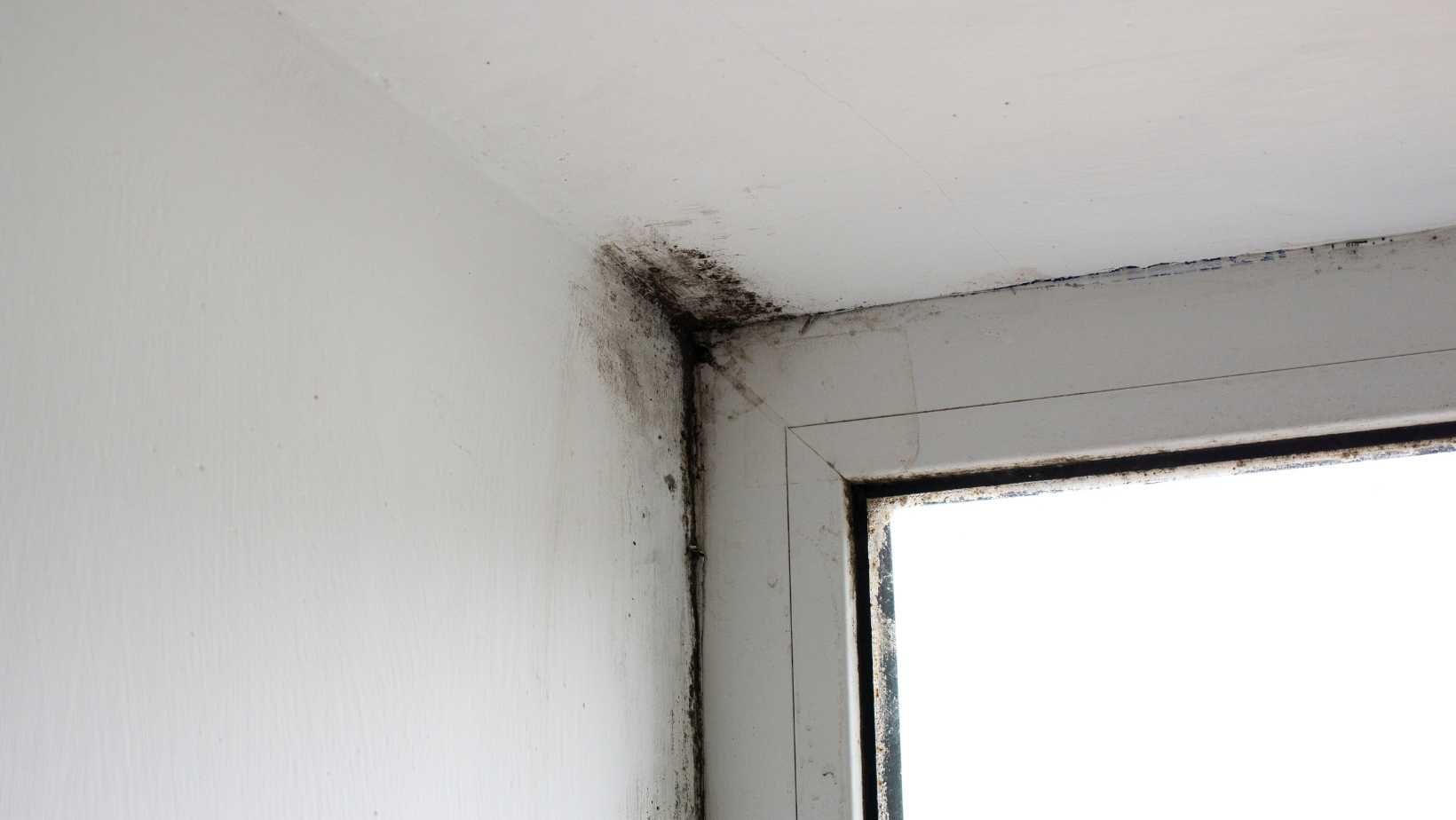How to Clean Mold Out of Clothing
Keep Your Clothes Mold-Free
Know what to look for when looking for mold on your clothes
Mold is a pesky issue, but it's one that can be dealt with quickly and without too much hassle. Fortunately for you though, there are many warning signs of mold in your home so you'll have an easier time identifying the problem early on. By catching it as soon as possible, the risk will never reach anything more than where they started: behind-the-scenes parts of your house like closets or basements. Here are some key indicators to help spot these sneaky little mold spores quicker!
- Unpleasant smells in your home like mold can be tough to identify and diagnose. One of the most common ways you know that it might be there is if a new, unidentifiable scent has shown up recently or when dark spots are found on walls, ceilings corners; these all could signal an issue with growing mold spores.
- Recognizing any change in color - Mold loves dark areas because light disrupts its growth cycle; this includes black spots creeping up from floorboards or discoloration around window frames Any musty smells coming out into otherwise
- Darkened shower tiles indicate an environment for molds' favorite food: warm and moist environments which are exactly what bathrooms provide.
- If peeling wallpaper is present as well then this means more than likely also have mildew growths being fed by moisture from showers too!
- If you notice dark, damp patches in the corners of your rooms or on your ceiling it could be mold.
- It is likely that if you have a cold and it won't go away then there are probably spores from mold irritating your respiratory system
How to remove mold from clothing
Mold can be tough to remove from clothing, but there are plenty of ways so you don't have to throw your favorite clothing items away. If mold is particularly severe and has penetrated into the fabric fibers themselves, it might not even matter what technique you use - in that case best bet would probably just be salvaging any parts with no visible stains left on them before discarding anything else. But if all or most of the garment's stained area isn't too difficult to treat (and dry cleaning won't do), then here are some effective methods: Wipe down affected areas using hot water mixed with detergent followed by cold water; drying items out after soaking will also help reduce moisture content which may contribute towards mold.
Machine-Washable Clothes
Yes, it is possible to machine wash mold out of your clothing. However there are some requirements that must be met for this process to work effectively: the item in question needs to be machine washable and not have an overabundance of fungal growth already present on it. To get rid of any remaining mold from clothes you've recently worn during a high risk event such as hiking or camping, first put them through a cycle at 140 degrees Fahrenheit using your washing machines "high heat" setting if available; otherwise manually set the temperature yourself before running another load with detergent like normal without clothes inside (you need hot water).
One important step in this method is to wash the item by itself. If you attempt to wash it with other clothing, mold spores may transfer and make your clothes even more stinky than before! You should keep the affected items washed for at least two cycles on high-temperature so that any remaining mold will be eliminated. And if you ever find yourself without a sunny day outdoors? Hang them up indoors near an open window or door, where they can get some natural light while drying off - sunlight kills over 99% of all molds naturally!
Hand Wash Clothes
If you have clothing that cannot be washed in the washer, hand washing is your best bet. Fill a bucket or large bowl with hot water and add laundry detergent to it. Allow items to soak for twenty minutes before cleaning thoroughly by scrubbing them clean of any dirt or stains while submerged under the soapy waters. To eliminate stubborn mold infestations, allow garments up to an hour in this sudsy solution; just make sure not too leave anything longer than necessary as prolonged exposure could cause color bleed from dyes into other fabrics!
Will Dry Cleaning Remove Mold from My Clothes?
Even though it's not always possible to rid the clothing of mold, there are some steps you can take towards cleaning them before bringing in the professionals for assistance. Start by brushing away as much dirt and grime from your clothing items with an old toothbrush or scrub brush (do not use one used on food). Afterward, put any fabric pieces into plastic bags which have been closed so they don't unravel during transportation; this helps keep fibers safe while preventing accidental spills or leaks onto other garments when transporting across town! Finally, contact professional dry cleaners who will best know how to handle these delicate stains without ruining any more than necessary - make sure you mention where exactly those spots are located.
How to Prevent Mold from Growing on Your Clothes?
Believe it or not, humidity is the leading cause of mold on clothing throughout Louisiana. That’s right, humidity. Insufficient air circulation doesn’t help either. If you stuff your closets to the gills or keep tons of contents and “stuff” in your home, it will stifle the flow of air. If your “stuff” can’t breathe, mold will never leave! Loosen those clothes and get rid of items you don’t absolutely need. Allow your home to breathe and mold WILL leave! Get it?
There are several ways to keep mold from growing on your clothes, and drying them quickly after they’ve gotten wet is the best way. If you find yourself with too many items that need washing at once, it may be tempting to put off laundry day until tomorrow or even later in the week; but as soon as possible after taking a load out of the dryer will help prevent any potential problems down the line. For those who want an extra layer of protection for their clothing against mold growth there are fungicide sprays available which can add another level of safety when it comes time to do some serious cleaning!
DryMax Mold is Louisiana's trusted source for mold remediation and removal. Call us to get help fast -- 337-446-2042.
You might also like
DryMax Mold Blogs





